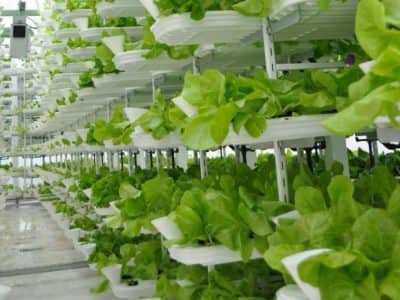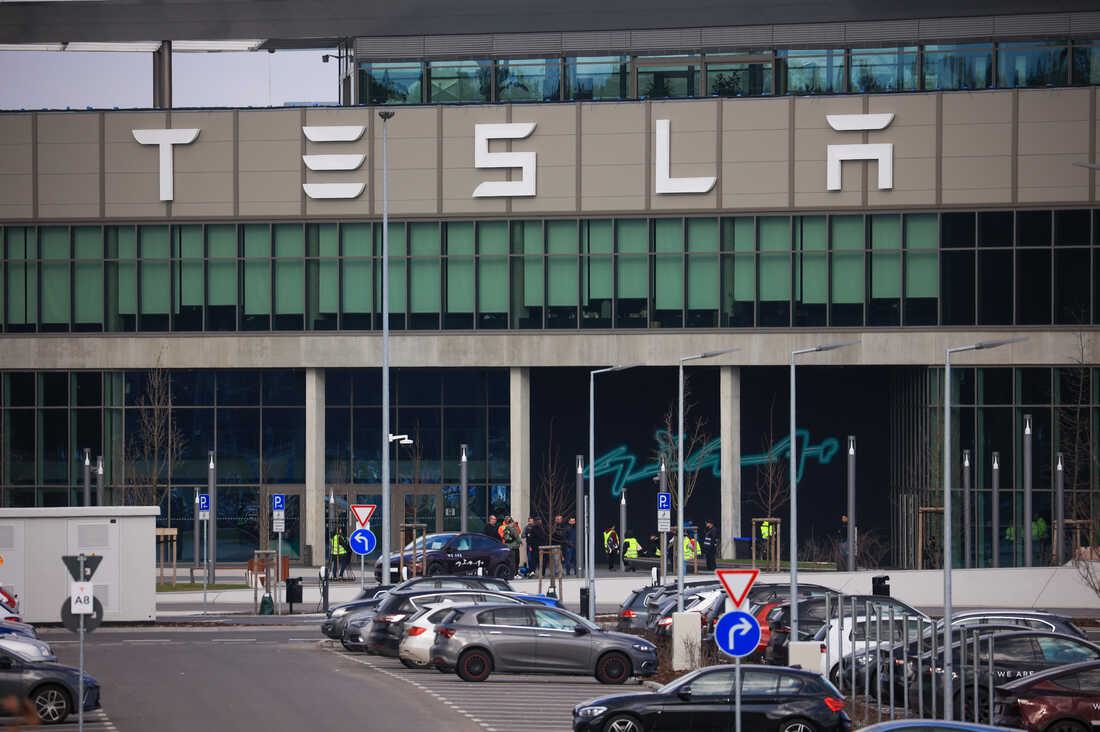Vertical Farming, the future of crop growth - Dispatch Weekly
March 21, 2017 - Reading time: 5 minutes

The future of farming is on the up and up, literally. With today’s society constantly changing, progressing, and evolving, everything that can be revolutionized will be. Now, with the emergence of vertical farms on the rise, it seems that the future of urban farming is here.
Vertical farming refers to when food is produced in vertically stacked layers, usually in a greenhouse or warehouse. These farms use indoor farming techniques and a variety of controlled environmental agriculture technology to control environmental factors in their favor. Such as the use of LED lights to substitute natural light that is missing indoors. Never having to be subjected to the elements, or worrying about what season it is, indoor farming allows for completely controlled growth of produce.

Because of its potential to transform agriculture globally, vertical farming is quickly becoming the next step forward in agricultural production. Although the produce cannot technically be labeled as organic, because it is not grown in soil, vertical farming processes are completely pesticide free, require no sun, and use 95% less water than traditionally field-grown crops. Additionally, due to the faster harvest time, crops grown through vertical farming produce a higher annual yield than those grown through traditional agriculture methods. The increased popularity in the sector has led to a surge in numbers of companies looking to make their mark on the industry.
The first of these, AreoFarms, is the one of the world’s largest indoor vertical farms. Based in Newark, New Jersey, USA, AreoFarms has been farming indoors since 2004. AreoFarms uses a technique called aeroponics. Aeroponics uses 40% less water than traditional hydroponic farming. It also utilizes smart LED technology to customize the amount of light used for each plant type. This energy efficient process has the potential to change the farming industry forever. Mark Oshima, a co-founder of AeroFarms explains that they use:
“in-depth growing algorithms where we factor in all aspects from type and intensity of light to nutrients to environmental factors like temperature, humidity, and CO2 levels, and we create the perfect recipe for each variety.”
Another emerging vertical farm is Bowery Farming. Based in New York, New York, USA, Bowery Farming first opened their doors in 2015. In an effort to increase their reach, Bowery Farming expanded their operations with a farm located in Kearny, New Jersey just earlier this year. Labeled as post-organic, Bowery’s products never travel more than 100 miles to guarantee freshness. Attracting increasing interest of new Investors, Bowery Farming has quickly become a big name in the vertical farming industry. They currently produce five leafy vegetables, including baby kale, lettuce, and arugula, and one type of herb, basil. These greens are non-GMO and do not need to be washed when taken home.
In Japan, the Pasona O2 building is yet another example of vertical farming; with 6 rooms of farms, 100,000 square meters, and growing over 100 different types of produce, this farm employs young men and woman who are struggling to find jobs or have an interest in farming. The company advocates the individual development of these men and woman, passionate about seeing them succeed in their industry. Each room at Pasona O2 houses something different: room 1 houses a flower field, room 2 is a herb field, room 3 a rice field, room 4 a fruit and vegetable field, room 5 is vegetables, and room 6 is for lettuce and the seeding room. Each room is set to the proper environmental specifications needed to grow and sustain the crops.
Unfortunately, as revolutionary as vertical farming is, the start-up costs are astronomical, which can be a problem for companies trying to expand. One company in particular, the Atlanta based PondPonics, was able to get their productions costs down lower than anyone else. Unfortunately, when offered a $25 million dollar annual contact with Kroger they could not get the funds to build the necessary facilities to grow in such volumes. Ultimately, PodPonics was forced to close their doors as the running costs became too high.
This is not the case for every company. As time moves forward we will begin to see a shift in the attitudes of investors, and interest in vertical farming will continue to grow. The future of agriculture is looking greener and greener. With vertical farming on the rise, we can expect to see a change in the industry unlike ever before.

DW Staff
David Lintott is the Editor-in-Chief, leading our team of talented freelance journalists. He specializes in covering culture, sport, and society. Originally from the decaying seaside town of Eastbourne, he attributes his insightful world-weariness to his roots in this unique setting.




